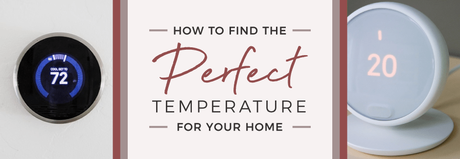
Identifying Your Ideal Home Temperature Setting
It can be a tough task working out the perfect temperature for a home, and a wide range of factors are sure to play a part in what constitutes the ideal level for your space specifically.
Amongst the influential details at play are the preferences and comfort of anyone living in the house, in addition to the likes of pets, plus any potential concerns over home humidity and environmental impact.
Each of these elements, plus several more, can all play a part in creating a dilemma or challenge as it pertains to managing your central heating output. In this blog, we’ll explain what to take into account to make sure you’re using the perfect temperature setting for your home.
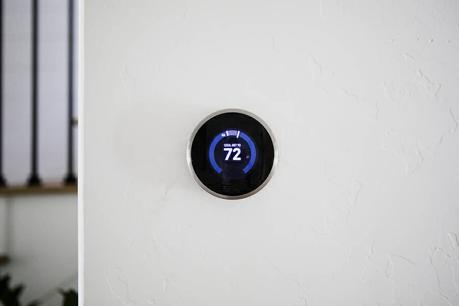
Room Temperature Preferences
“Is it hot in here or is it me?”
“Have you turned heating off it’s freezing in here?!”
A couple of contrasting basic phrases associated with petty household heating squabbles, and it is extremely commonplace for family members within the same household to have alternate preferences when it comes to room temperature.
Factors like type of clothing worn, how much physical activity has been undertaken by an individual and the level of air humidity can all affect the preferential temperatures of different people. As a general rule, the humidity of the air will have a particular effect, with a lower room temperature typically required for areas with higher humid levels.
Of course, physical comfort must be one of the primary reasons that achieving the correct home temperature is key. Being too warm can cloud judgment and affect concentration, whilst being too cold can enhance a risk of illness, and also increase the possibility of mold spores gathering, which in turn can cause respiratory issues.
In addition to the physical side of things though, central heating running costs are also a massive facet in how integral it is to get your house temperature right, as well as the potential impact it can have on your household’s carbon footprint.
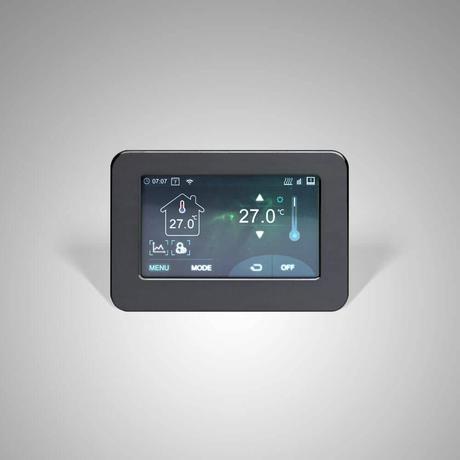
Selecting The Right Temperature For Different Rooms
Typically, an average room temperature will be about 20°C or 68 degrees Fahrenheit. And whilst this is generally considered to be a convenient and comfortable ambient temperature to target, it should be noted that certain rooms will have to be heated to specific temperatures.
For instance, a lounge or living room area will be best suited to temperatures around the 20 Celsius mark, considering you’ll be spending a large amount of time relaxing in the space. Similarly so, any home office arrangements would benefit from a similar level of heat to aid performance and concentration.
Meanwhile, bedrooms will be typically suited to slightly cooler temperatures, with anything between 16°C and 19°C thought to be optimal. Body temperature will naturally drop during periods of rest and a room heated to this slightly lower temperature will help maintain an internal temperature regulation for the advantage of a good night’s kip. Depending on their age and personal preferences, children could prefer slightly warmer bedrooms within the 17-20°C range.
And by contrast, bathrooms should generally incorporate temperatures in the region of 22 to 24°C. This is down in no small part for the prevention of people exiting hot baths or showers into rooms that are comparably very cold, which would largely increase the possibility of catching a cold or other illness.
Alternate areas that are far less widely used, such as attic spaces, laundry rooms and corridors should aim for a slightly lower temperature than typical living spaces, with between 15 to 18°C thought to be prime conditions.
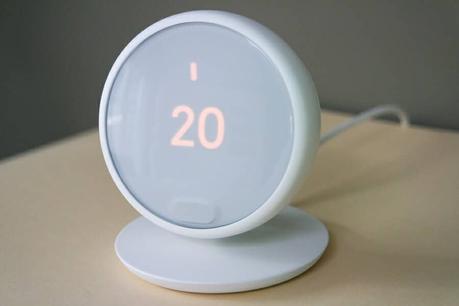
Seasonal Differences For Your Perfect Home Temperature
Common sense would seem to dictate that from season to season, fluctuations in preferred home temperatures will occur. With that said, the premium ambient home temperature all throughout the year is thought to be between 18 and 20°C as aforementioned.
But, how you actually achieve your perfect home temperature from month to month can differentiate – we would recommend the use of a digital thermostat to keep track of temperature shifts throughout the day.
During the warmer summer months, you’ll likely face the task of curtailing a rising temperature to keep it at the 18-20 mark. A couple of simple ways to do this are to use thinner quilts and duvets for a comfortable night’s sleep, and to have windows open to maintain a low air humidity level.
In colder winter climes, the challenge will be to maintain the specified ideal home temperature, and doing so in a cost-effective manner. Toasty warm thermal clothing and extra sheets or blankets are a smart solution to retain your personal comfort without having to crank up the central heating ad nauseum, thus racking up massive energy bills.
Energy Efficient Home Heating At The Right Temperature
Home heating typically accounts for a hefty portion of monthly household bills, especially in the colder winter months of the year. As such, it is well worth seeking out ways in which we can increase the energy efficiency of our heating, even whilst maintaining the ideal temperature for a home.
A common mistake people make in trying to achieve this is to drastically lower their central heating output instantly, or switch it off entirely in unoccupied rooms whilst out of the house, so no home radiators or heated towel rails are in operation. And though these measures can initially reduce energy costs to a decent extent, it can lead to numerous issues moving forwards.
To start with, if the house temperature decreases to such an extent that it is too cold, the chance of mold conglomerating on the property becomes far more apparent. This is due to cold air transporting less of the water vapour that condenses on windows and walls. And as well as being an eyesore and difficult to deal with, mold can also cause issues from a health perspective whilst damaging the household and costing a pretty penny to get rid of.
What’s more, by drastically reducing your central heating in this manner, your boiler has to work a lot harder to reach and maintain your perfect ambient home temperature for the rest of the time, and expend much more energy in turn.
Therefore, it’s wise to seek out alternative means to achieve more efficient home heating – a switch of energy company and investment in double glazing or insulation improvements are all viable options to do so. But the ‘golden goose’ with regards to energy efficient home heating relates to the purchase of a digital thermostat.
These devices enable homeowners to program their home radiators or alternate heating devices to operate at a pre-set temperature at particular times of the day, accounting for weather conditions and other external factors. As a result, you have more control over how and when you use energy, and can trim your outgoings in turn.
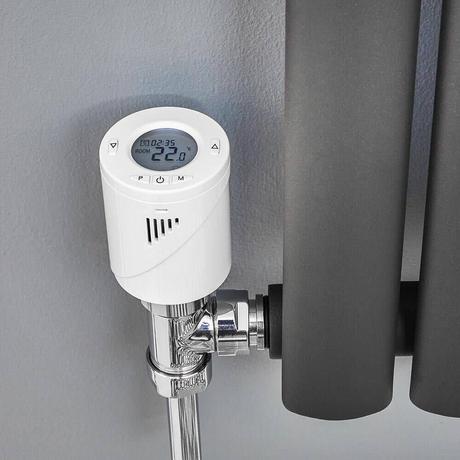
Get In Touch With BestHeating
By this point, you’ll hopefully be equipped with all the knowledge you need to heat your home to the perfect temperature room by room, in an economical manner. But if you would like any further help or advice surrounding ideal home heating practices, or have any heating queries at all, please don’t hesitate to get in touch with us.
You can contact the BestHeating team by leaving your thoughts in the comments section below, or via Instagram, Facebook or Twitter.


